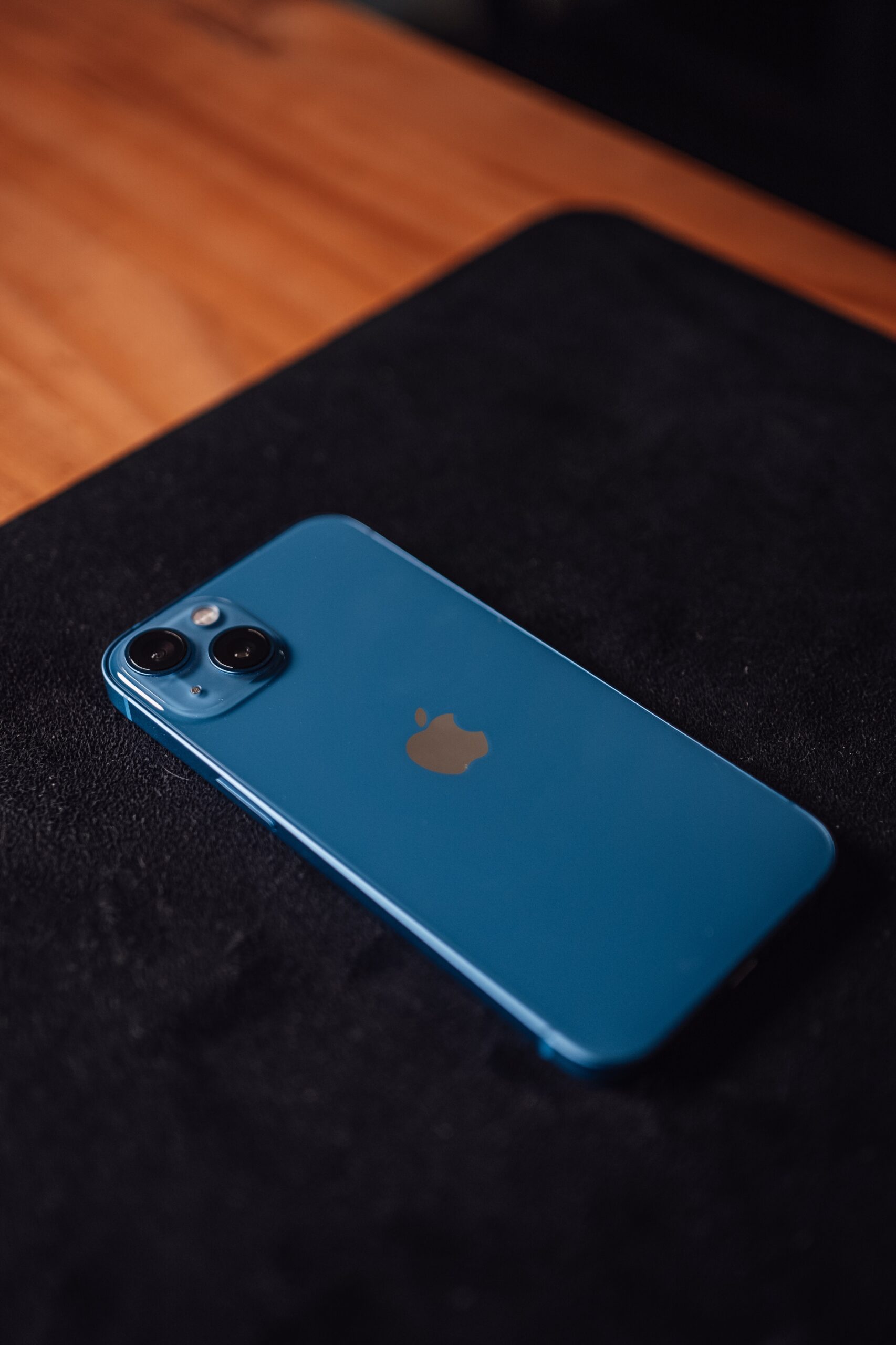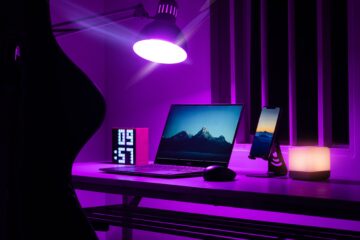Table of Contents
Introduction:
The iPhone 13 is a cutting-edge device known for its impressive features and advanced technology. However, like any electronic device, it may encounter issues from time to time. One such problem that users have reported is the occurrence of a pink screen on their iPhone 13. In this article, we’ll explore various troubleshooting steps to help you identify and resolve the pink screen issue on your iPhone 13.
Possible Causes:
Before diving into the solutions, it’s essential to understand the potential causes of the pink screen problem. Some common factors include software glitches, display-related issues, or even hardware malfunctions. Identifying the root cause can significantly aid in finding an effective solution.
Troubleshooting Steps:
- Restart Your iPhone:
- Begin with a simple restart. Sometimes, temporary glitches can be resolved by turning off and on the device.
- Check for Software Updates:
- Ensure that your iPhone 13 is running the latest iOS version. Apple regularly releases updates to address bugs and improve device performance.
- Adjust Display Settings:
- Navigate to Settings > Display & Brightness.
- Try adjusting the brightness, color filters, and True Tone settings to see if the pink tint persists.
- Reset Display Settings:
- If adjusting settings doesn’t work, reset your display settings. Go to Settings > General > Reset > Reset All Settings. This won’t delete your data but will reset system settings.
- Update or Reinstall Apps:
- If the pink screen appears while using a specific app, check for updates or consider reinstalling the app.
- Perform a Hard Reset:
- Press and quickly release the volume up button, then press and quickly release the volume down button. Finally, press and hold the side button until you see the Apple logo.
- Restore iPhone using iTunes:
- Connect your iPhone to a computer and launch iTunes.
- Select your device, go to the Summary tab, and click “Restore iPhone.”
- Check for Hardware Issues:
- Inspect the physical condition of your iPhone’s display.
- If the pink screen persists, contact Apple Support or visit an authorized service provider for a thorough hardware inspection.
Preventive Measures:
- Regular Backups:
- Always back up your iPhone to iCloud or iTunes to ensure that your data is safe in case a restore is necessary.
- Avoid Third-Party Accessories:
- Use genuine Apple accessories to minimize the risk of hardware-related issues.

Conclusion:
Experiencing a pink screen on your iPhone 13 can be frustrating, but with systematic troubleshooting, you can often identify and resolve the issue. If all else fails, reaching out to Apple Support or visiting an authorized service provider is recommended for professional assistance. Remember to keep your device and apps updated, and perform regular backups to safeguard your data.

- Brand Apple
- Model Name iPhone 13 Mini
- Wireless Carrier Unlocked for All Carriers
- Operating System IOS 15
- Cellular Technology 5G
- Memory Storage Capacity 128 GB
- Connectivity Technology Auxiliary, Wi-Fi
- Color Blue
- Screen Size 5.4 Inches
- Wireless network technology GSM, LTE
FAQ of Pink Screen Issue
- Q1: Why is my iPhone 13 screen turning pink?
- A: The pink screen issue on your iPhone 13 could be due to various reasons, including software glitches, display settings, app-related problems, or potential hardware issues. Identifying the specific cause can help in finding an appropriate solution.
- Q2: Is the pink screen problem common on iPhone 13?
- A: While it’s not extremely common, some users have reported encountering the pink screen problem on their iPhone 13 devices. However, Apple typically addresses such issues through software updates, so keeping your device up to date may resolve the issue.
- Q3: What should I do if restarting my iPhone doesn’t fix the pink screen?
- A: If a simple restart doesn’t resolve the issue, try performing a hard reset by following the steps mentioned in the troubleshooting section. If the problem persists, proceed with more advanced troubleshooting steps like resetting display settings or restoring your iPhone using iTunes.
- Q4: Can third-party apps cause the pink screen problem?
- A: Yes, third-party apps can sometimes contribute to display-related issues. If you notice the pink screen while using a specific app, consider updating or reinstalling that app. Checking for app updates regularly can help prevent compatibility issues with the latest iOS version.
- Q5: Will resetting all settings on my iPhone delete my data?
- A: No, resetting all settings on your iPhone will not delete your data. However, it will revert system settings to their default values. If you need to reset all settings, make sure to back up your data first to avoid any potential data loss.
- Q6: What should I do if the pink screen is still present after trying all the troubleshooting steps?
- A: If the issue persists after trying all the recommended troubleshooting steps, it’s advisable to contact Apple Support or visit an authorized service provider. They can conduct a more in-depth assessment of your device and provide further assistance, including potential hardware repairs if necessary.
- Q7: Is the pink screen problem exclusive to iPhones, or can it occur on other devices as well?
- A: The pink screen issue is not exclusive to iPhones; it can occur on various electronic devices, including Android smartphones, tablets, laptops, and monitors. The causes and solutions may vary depending on the device and its operating system.
- Q8: Can a software update fix the pink screen problem on Android devices?
- A: Yes, similar to iPhones, software updates on Android devices can address various issues, including display-related problems. Make sure your Android device is running the latest version of its operating system to benefit from bug fixes and optimizations.
- Q9: Why does my laptop screen turn pink, and how can I fix it?
- A: A pink screen on a laptop can be caused by graphics driver issues, display cable problems, or a failing LCD panel. Updating graphics drivers, checking the display cable connections, and testing the laptop with an external monitor can help identify and resolve the problem.
- Q10: Is the pink screen issue common on gaming monitors?
- A: Pink screen problems can occasionally occur on gaming monitors, especially if they use advanced display technologies. Updating graphics drivers, adjusting display settings, and checking for firmware updates from the monitor manufacturer are recommended troubleshooting steps.
- Q11: What should I do if my Android tablet has a persistent pink screen?
- A: For Android tablets, start by restarting the device. If the issue persists, check for software updates and update your apps. Adjusting display settings and performing a factory reset (after backing up important data) can also be effective troubleshooting steps.
- Q12: Can a loose cable cause a pink screen on my computer monitor?
- A: Yes, a loose or damaged cable, such as the HDMI or DisplayPort cable, can cause display issues, including a pink screen. Ensure that all cables are securely connected, and consider trying a different cable if available.
- Q13: Why does the pink screen problem occur during gaming sessions?
- A: Gaming-related pink screen issues can be linked to graphics driver compatibility, overheating, or GPU-related problems. Updating graphics drivers, monitoring GPU temperatures, and ensuring proper ventilation during gaming can help mitigate such issues.
- Q14: Should I attempt to fix the pink screen problem on my own, or seek professional assistance?
- A: If you’re comfortable with troubleshooting steps and the issue seems software-related, attempting to fix it on your own can be a good start. However, for persistent problems or if you suspect hardware issues, seeking professional assistance is advisable to prevent further damage and ensure a proper diagnosis and resolution.



